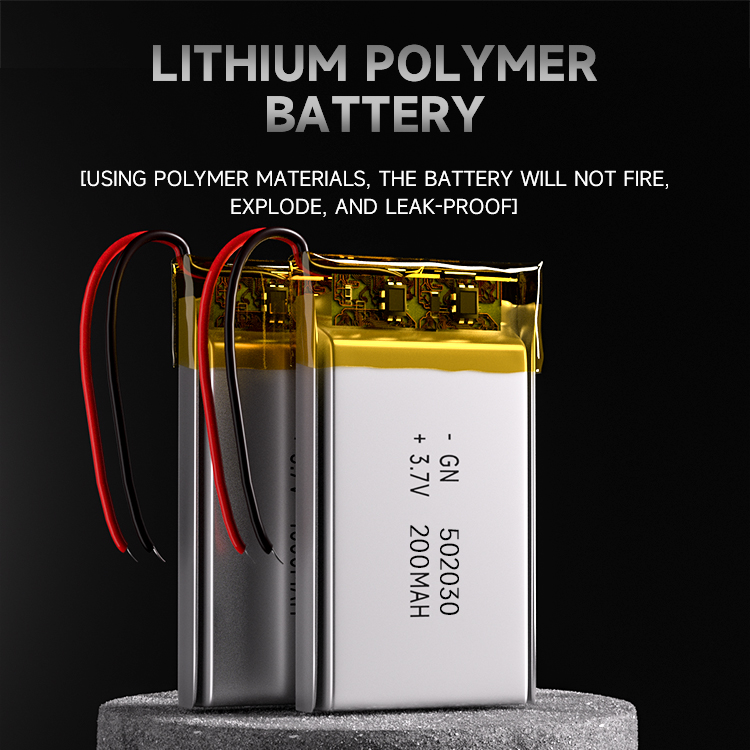

July 4 news, according to Forbes magazine, data released by the Electric Power Research Institute shows that as manufacturers try to reduce the cost of producing lithium-ion batteries as much as possible, they are removing those values from batteries.
July 4 news, according to Forbes magazine, data released by the Electric Power Research Institute shows that as manufacturers try to reduce the cost of producing lithium-ion batteries as much as possible, they are removing those parts of the battery that are worthy of recycling. valuable elements. But it also makes recycling more difficult and less cost-effective.
The Electric Power Research Institute released a report late last year assessing the "end-of-life" costs of batteries. Last week, Ben Kaun, the agency's energy storage program manager, told the Illinois Commerce Commission that a lack of recycling increases the "end-of-life" cost of lithium-ion batteries. "Currently, in lead acid, I think 98% of the material can be recycled and turned into new lead-acid batteries," Cowan said. "It's almost a completely closed cycle, which is not the case with lithium-ion. The high-value materials Content levels vary, and many of the current innovations in lithium-ion batteries are actually about removing the remaining high-value materials, such as cobalt, from the system."
The cost of cobalt, the battery cathode, jumped from $32,500 in early 2017 to $81,000 in March this year, according to the Royal Chemistry Society. Cobalt is the cathode material in batteries, and battery manufacturers have redesigned their batteries to reduce their content. In May, Tesla CEO Elon Musk said the company had all but eliminated cobalt from batteries used in cars and stationary batteries. This makes the batteries more affordable, but they may also be too cheap to recycle.
Without valuable recycled materials, recyclers have no incentive to recycle used batteries, Cowan said. "Lithium-ion batteries haven't developed the same recycling infrastructure as lead-acid batteries," he said. "There's an important question to look at here and how recycling infrastructure will emerge. Part of the problem is scaling up recycling, and part of it is understanding The motivation for developing infrastructure and how you can upgrade or at least maintain high-quality battery materials that can be remanufactured like lead-acid."
In the absence of a recycling market, battery owners would even have to pay disposal costs rather than receive recycling incentives. But academics are studying the issue, including Yan Wang, a professor at Worcester Polytechnic Institute in Massachusetts and founder of Battery Resources Certifications, one of nine recycling companies listed on the EPRI website. "Currently, most lithium-ion batteries are sent to landfills. If they are reused, only the metal value of the batteries is recovered," he said.

Popular recommendation
Ni-MH battery packs.Circuit to eliminate the memory effect of nickel-cadmium batteries
2023-10-09battery 18650 rechargeable.A major breakthrough in solid-state batteries! The energy density is four
2023-10-0818650 battery 3500mah.Which one has better performance, polymer lithium battery or 18650 lithium bat
2023-10-13battery aaa alkaline!Exploring the causes and countermeasures of thermal runaway in lithium-ion batt
2023-10-08LR41 battery.Power lithium batteries: innovation capabilities and safety research are shortcomings
2023-10-14AG7 battery.What is the production process of 18650 lithium battery?
2023-10-12button battery cr1620.How to distinguish between energy storage lithium batteries and power lithium
2023-10-10AG7 battery!What is the principle of high frequency switching power supply circuit?
2023-10-08Button battery type
2022-06-18AA Ni-MH batteries.Introduction to nickel battery process flow
2023-10-09Discussion on the new market of lithium iron phosphate battery
2022-11-04American university develops cobalt-free high-energy l12V23A battery.ithium-ion battery that can sig
2023-10-08